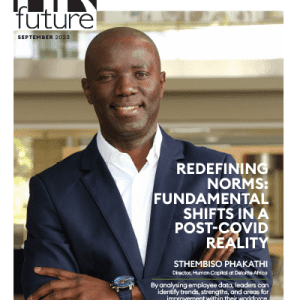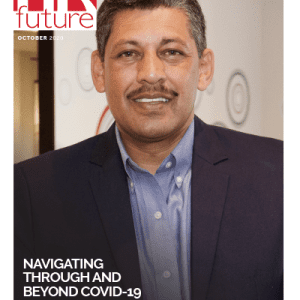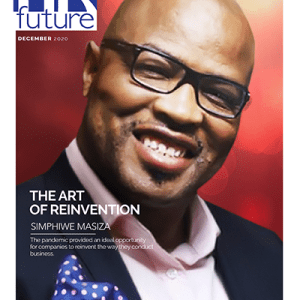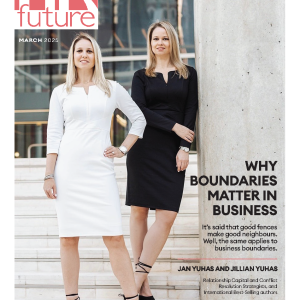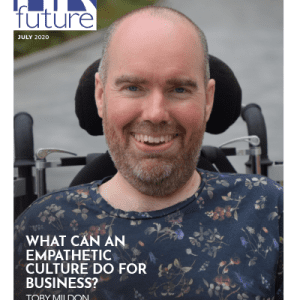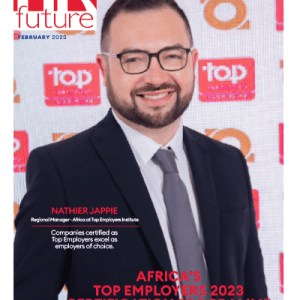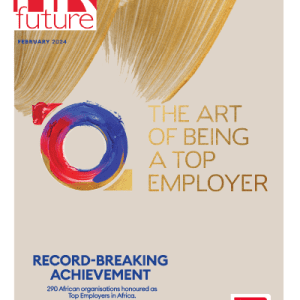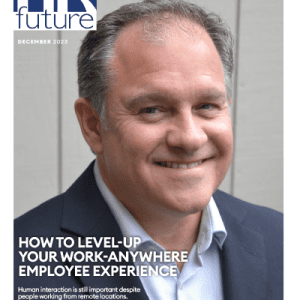In nearly every industry, the best talent is in perilously short supply. Organisations cannot hire a new workforce. They need to transform the one they have – upskilling staff, rethinking the jobs they offer, and instilling the organisations with opportunities for self-renewal so that becoming adept in new technologies is just part of everyday life.
Worldwide, CEOs are embracing the challenge of a shifting workforce where the future will look different as a result of unprecedented shifts in technology, workforce demographics, globalisations, regulation and changing customer behaviour.
But they face significant barriers to building the required workforce because of a lack of skills, as well as partial insights into current workforce capability.
In PwC’s 22nd Annual Global CEO Survey, 79% of chief executives around the world said that a lack of key skills threatens their business growth.
In a new analysis – 10 Principle of workforce transformation – issued by PwC’s Strategy& division, we outline the precepts for addressing the issues head-on, creating the kind of workforce that can move successfully into the future:
Energise the organisation
- Focus on a few concrete business outcomes. Before a company can articulate how its people need to change, it needs to know what they need to deliver. Organisations need to set key goals and principles that define how they would like the workforce to change.
- Foster emotional commitment. In order to participate fully in a transformation of this kind, employees need more than a strategic direction and incentives. The analysis suggests employers speak to employees’ emotions. The personal behaviours of top leaders are important. They must articulate the case for change.
- Design a compelling experience. Before organisations impose a workforce transformation plan, they also need to consider what it will feel like to be caught up in it. Craft your culture and strategy around a higher purpose.
Invest in your people
- Start with the highest-impact roles. A workforce transformation is intended to reach across the entire organisation but some people’s skills and roles are critical to achieving the highest-priority business outcomes immediately. These are the people that companies need to focus on first. Creating momentum is key.
- Change behaviour first. Any workforce transformation must explicitly design and instil new behaviours, act into changing the mindsets prevalent in the organisation.
- Promote citizen-led innovation. When it comes to change in behaviour, employees need a high level of support. They need to be encouraged to experiment with their own ideas for innovations and new ways of thinking. At PwC, we call this approach ‘citizen-led innovation’. Leadership sets the tone and the direction, and the organisation’s citizens – empowered employees – take it from there. Create spaces of experimentation and safety.
Manage and sustain the change
- Workforce transformation takes time to happen – a full initiative might take three years or more, rolling out in stages, building the organisation’s capabilities along the way. The initiative should be planned and prepared for. Although it may be an overwhelming exercise, it will pay dividends in the long run, particularly if expectations are managed appropriately. It is important not to celebrate too early, but to keep the long-term trajectory in mind.
- Engage with cultural influencers. Workforce transformation always involves cultural change. A study by Strategy&, PwC’s strategy consulting group, of more than 2,200 executives and managers about change management programmes showed that companies were more than twice as likely to deliver sustainable change when they brought any existing transformation into alignment with their culture or tapped into the culture in support of the transformation.
- Include everyone but the unwilling. A comprehensive workforce transformation must be designed to accommodate the full diversity of people, from a broad range of backgrounds, in most organisations today. It means embracing a wide range of experience, perspectives, and goals that people bring to work.
- Track results and course-correct. The analysis states that leaders of workforce transformation need to ensure that all the effort will pay off. There are two ways to do this: track the workforce transformation and intervene as needed to course-correct.
Workforce transformation is a challenging exercise. Its success is not guaranteed. But a genuine workforce transformation does lead people to regard their company and employees more positively.
Barry Vorster is the Lead for HR Technology and Culture at PwC.
























